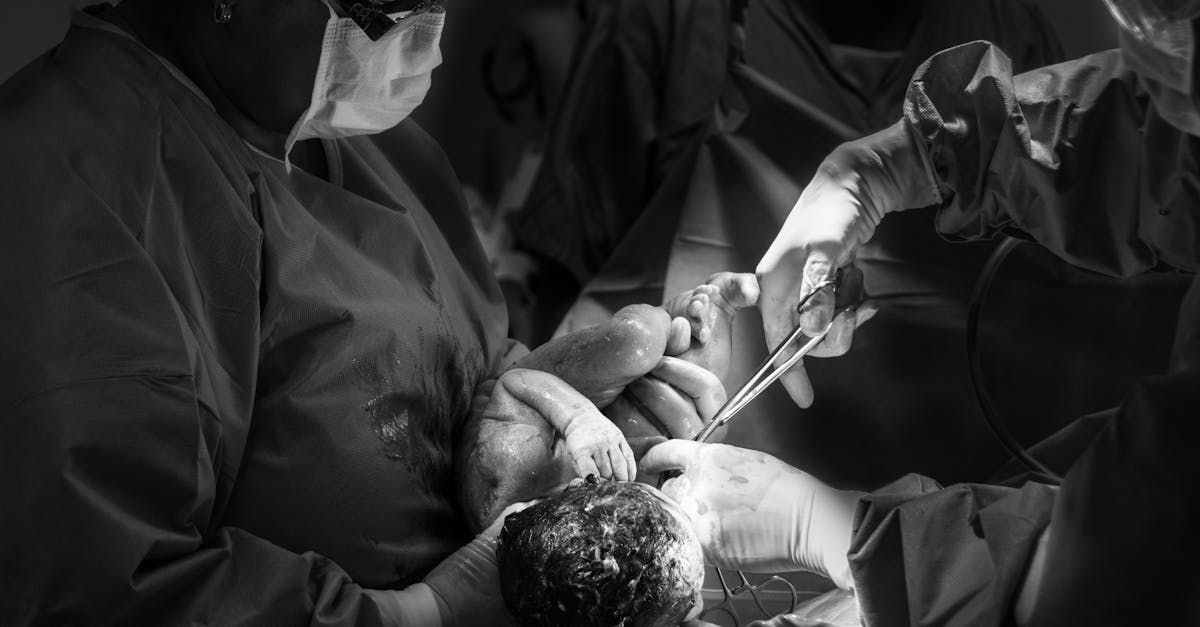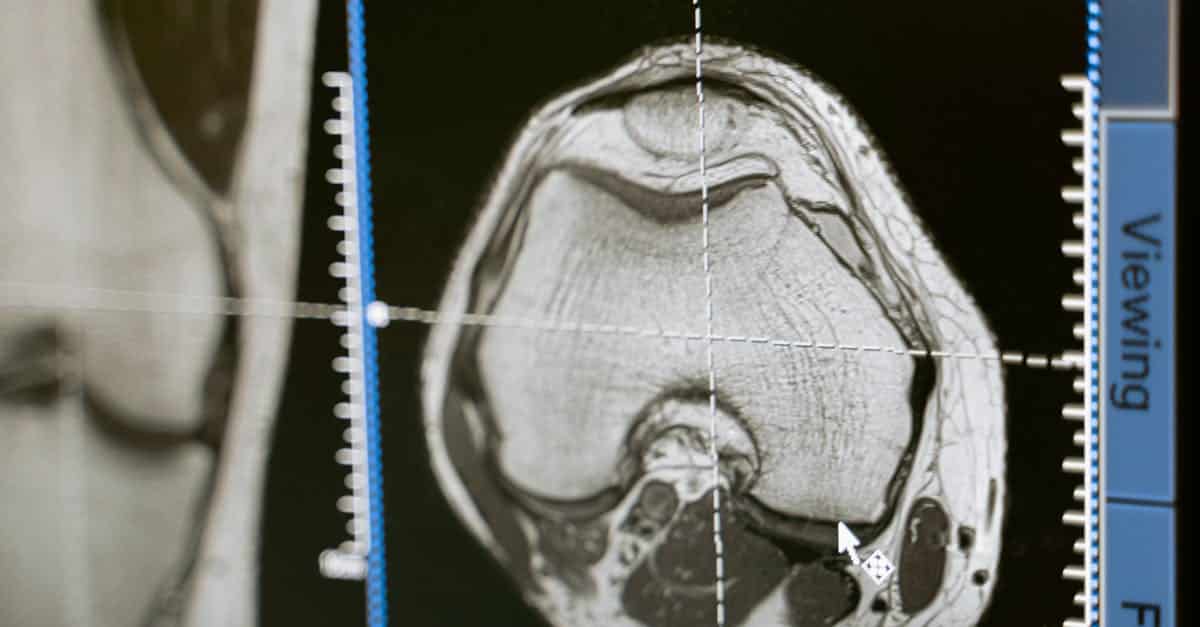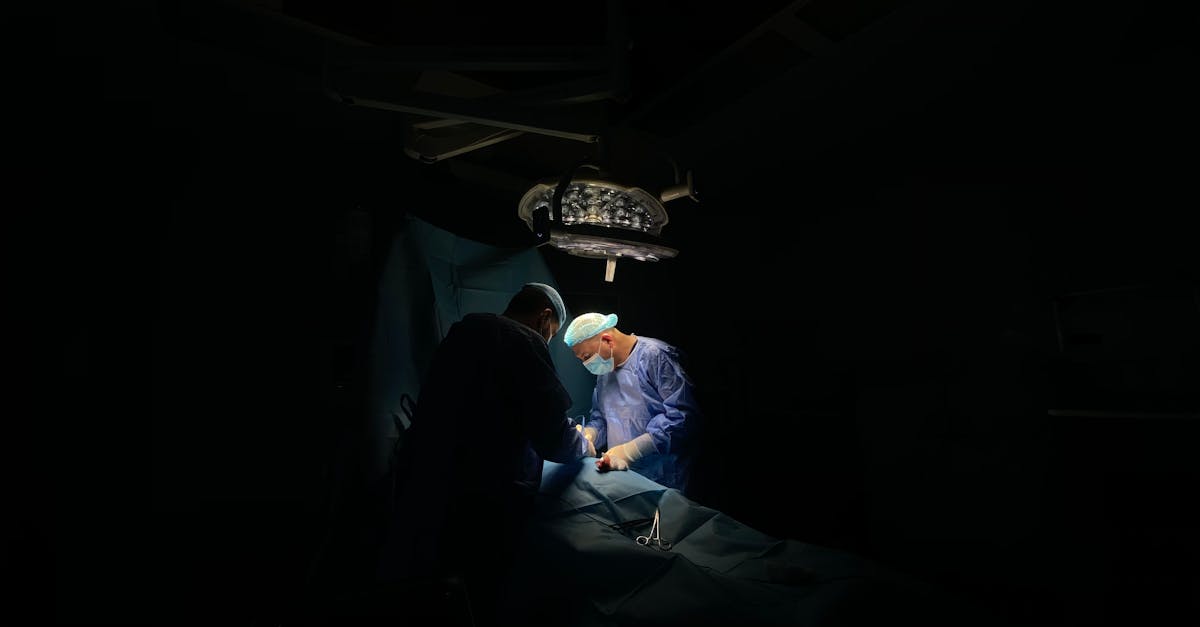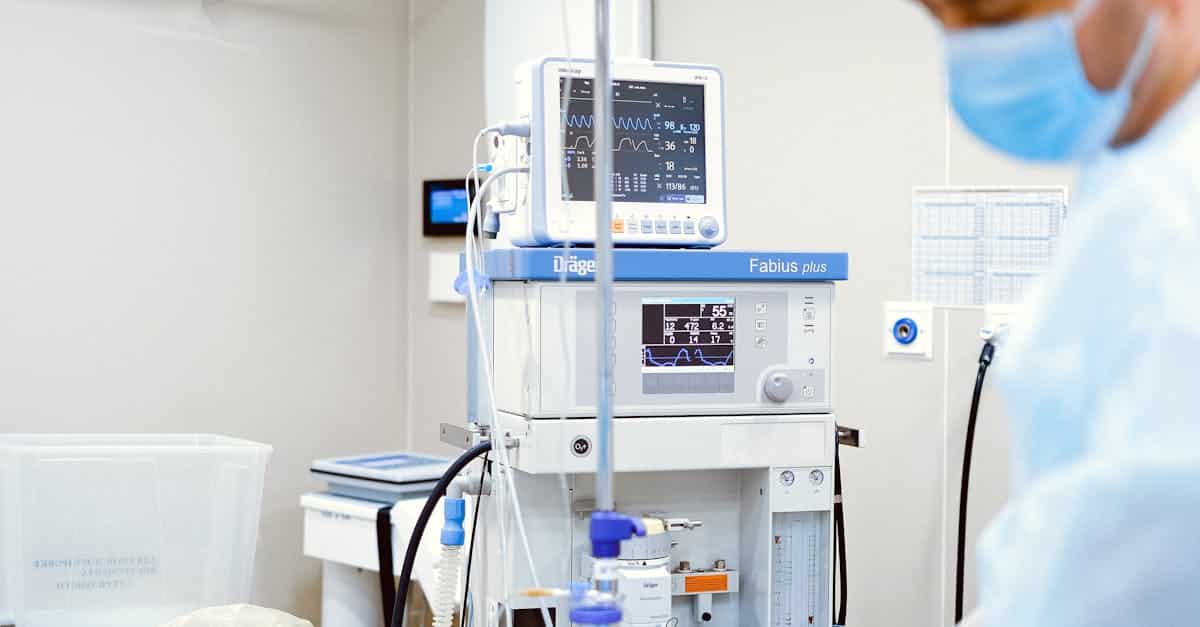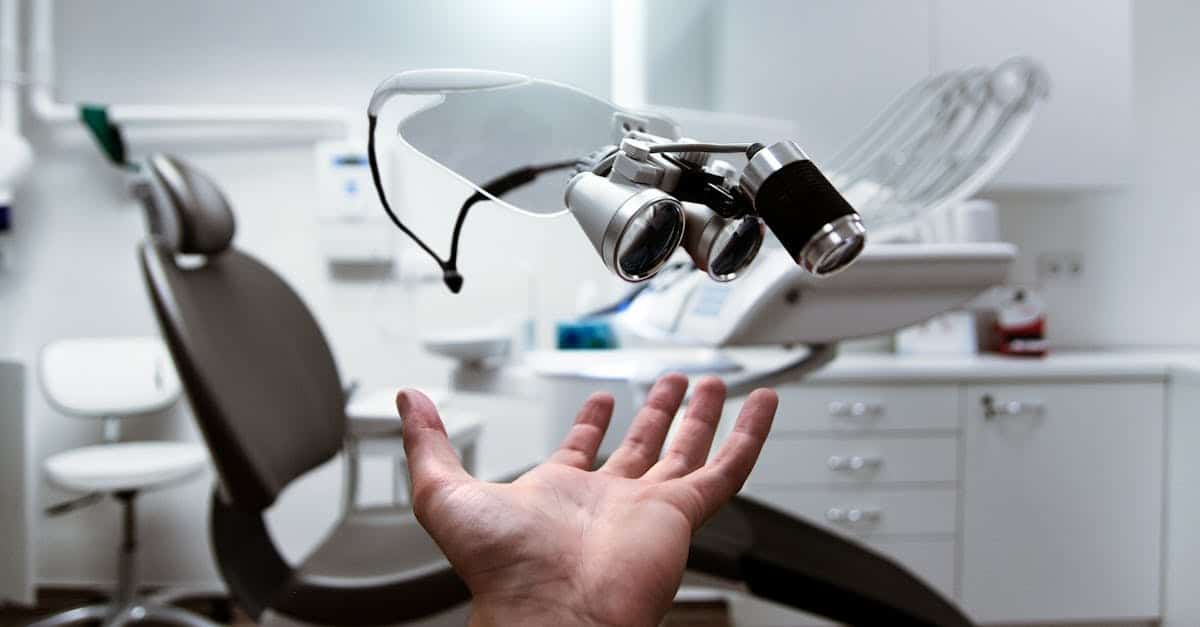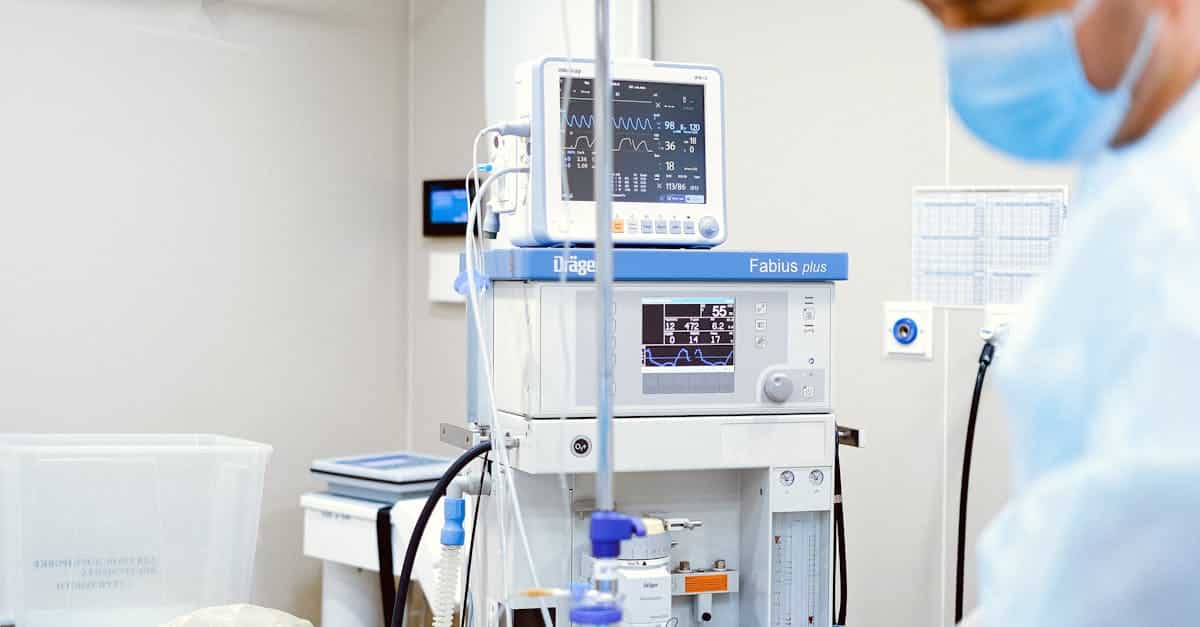Minimally invasive surgery has transformed the medical landscape in recent years, enabling surgeons to perform complex procedures with less trauma to patients. Technological advancements have been at the heart of this evolution, providing cutting-edge tools that enhance the precision and efficiency of operations. This article explores the main innovations and current trends regarding tools used in minimally invasive surgery.
History and context of minimally invasive surgery
Minimally invasive surgery emerged in the 1980s with the adoption of laparoscopic techniques. These methods were designed to minimize incisions and reduce postoperative pain. Since then, significant progress has been made, integrating cutting-edge technologies to enhance surgical treatments.
The beginnings of laparoscopy
Laparoscopic procedures rely on the use of a laparoscope, an instrument equipped with a camera and light sources. This allows surgeons to view the inside of the body without making large incisions. This paradigm shift was one of the first steps towards minimally invasive surgery.
Recent evolutions in surgical techniques
Over the years, more sophisticated tools, such as robotic surgery, have emerged. Systems like the Da Vinci robot allow for procedures to be performed with unprecedented precision. Their articulated arms and 3D vision technology provide better ergonomics for surgeons, enabling them to make finer movements.

Revolutionary technologies in minimally invasive surgery
Technological advancements have led to significant innovations in minimally invasive surgical procedures. Here are some of the technologies that are transforming this field.
Advanced imaging
The use of advanced imaging, including computed tomography (CT) and magnetic resonance imaging (MRI), has revolutionized how surgeons plan interventions. These technologies allow for detailed visualization of the body’s internal structures, reducing the risks of complications during operations.
Augmented reality
Augmented reality is another remarkable innovation, overlaying digital images onto the real world. During operations, surgeons can see vital information in real-time, thus optimizing their decisions. This significantly enhances the safety and efficiency of surgical interventions. For more details, visit this article on the use of augmented reality in minimally invasive surgery.
Robotic tools and their impact on surgery
Robotic surgery, which has significantly developed in recent years, is a crucial response to the growing need for precision in medical procedures. Robots allow surgeons to perform refined movements, virtually without tremors.
Advanced robotic systems
With systems like Da Vinci, surgeons can execute smaller incisions while performing complex surgical gestures. Subsequent studies have shown that these techniques lead to faster recovery and shorter hospital stays.
Case studies on robotics
Case studies illustrate the effectiveness of robotic surgery in various specialties, including urology, gynecology, and gastroenterology. These interventions often result in superior postoperative outcomes compared to traditional methods. To learn about the latest advancements, you can follow the link to this article on innovations in robotic surgery.
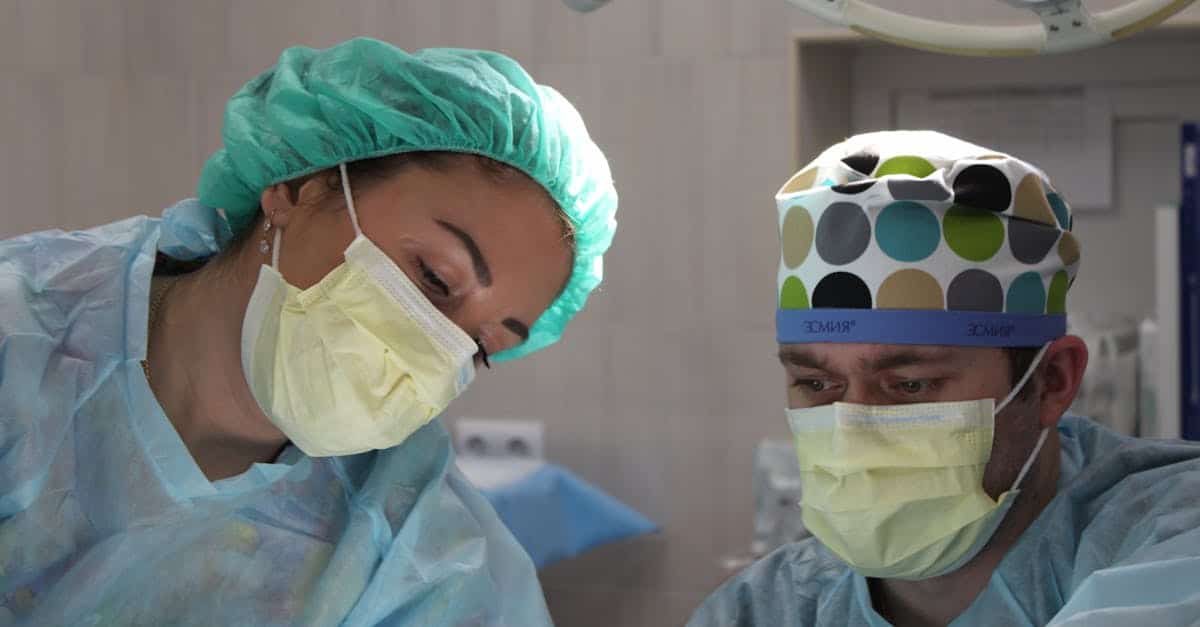
The future of minimally invasive surgery: trends and research
As technology continues to evolve, the future of minimally invasive surgery looks promising. Several trends are currently emerging, which could transform surgical practices in the coming years.
Artificial intelligence and machine learning
The introduction of artificial intelligence (AI) and machine learning in surgery could revolutionize how procedures are performed. AI could assist in analyzing patient data, surgical planning, and even the execution of operations, making interventions even safer.
Development of new tools
Research continues on the development of new surgical instruments, including more precise and less invasive tools. Studies also focus on improving imaging techniques to provide real-time information during interventions. To discover more about innovative techniques, read this article on the latest innovations in minimally invasive surgery.
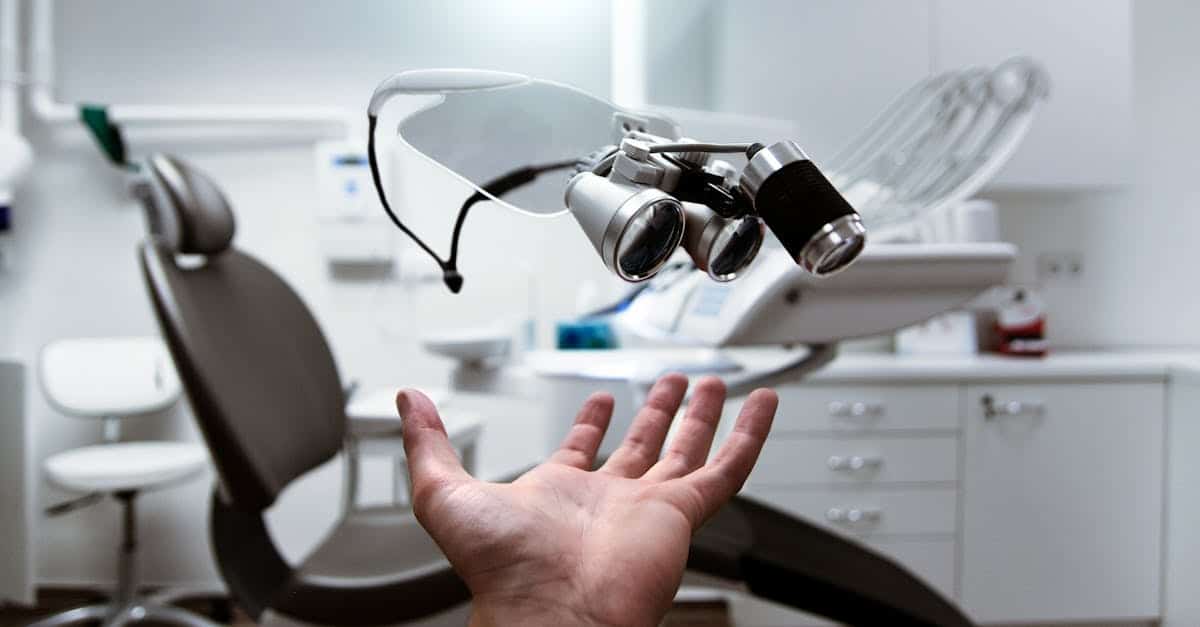
Conclusion and clinical implications
Advancements in tools for minimally invasive surgery continue to transform the medical landscape. Patients benefit from shorter recovery times, reduced postoperative pain, and improved aesthetic outcomes. For a reflection on future challenges and opportunities, read this article on the cost analysis of robotic surgical interventions.

